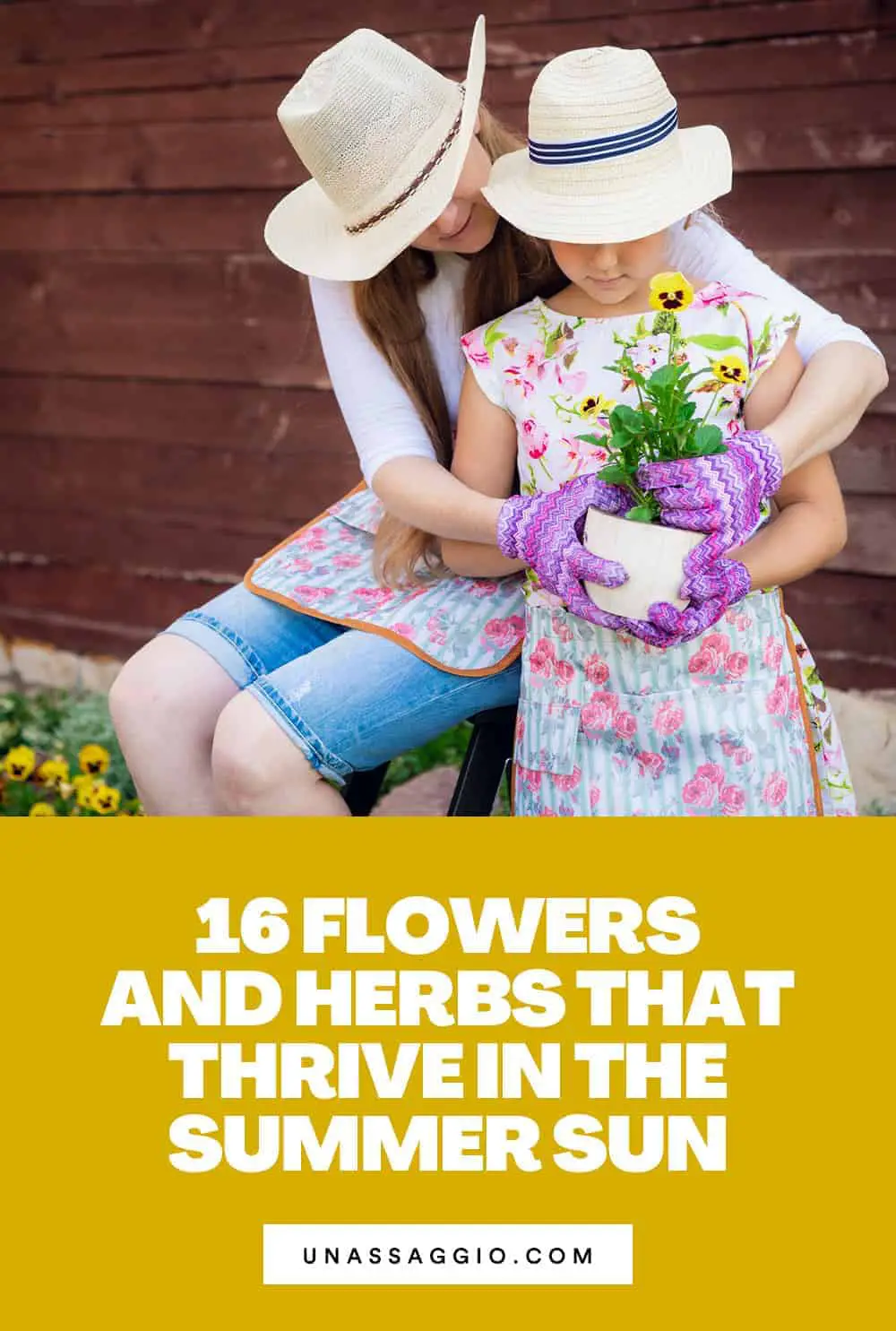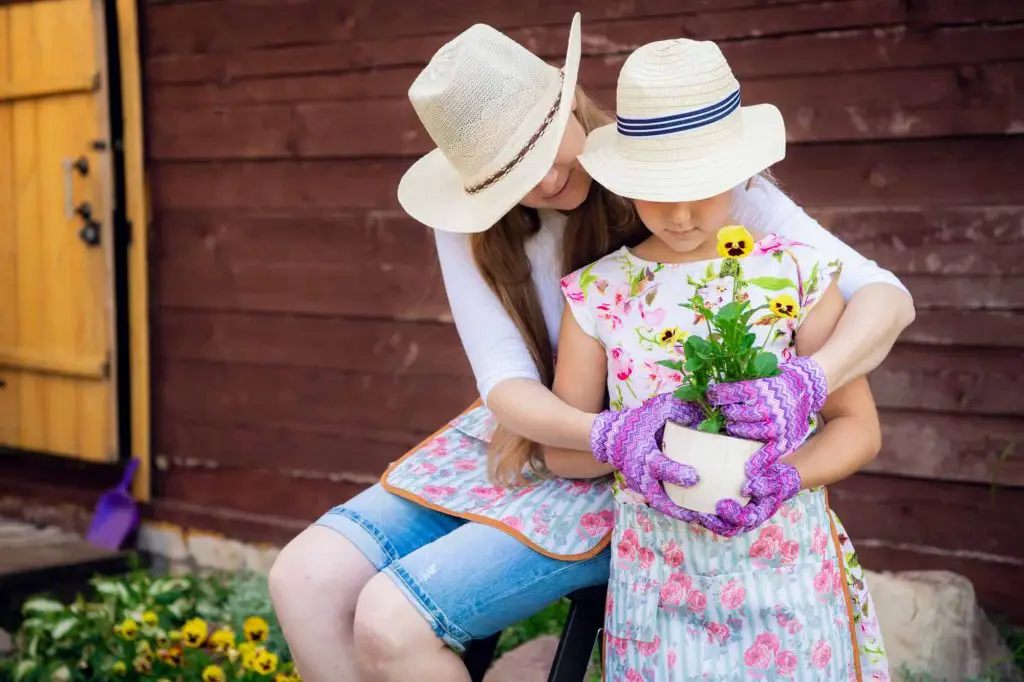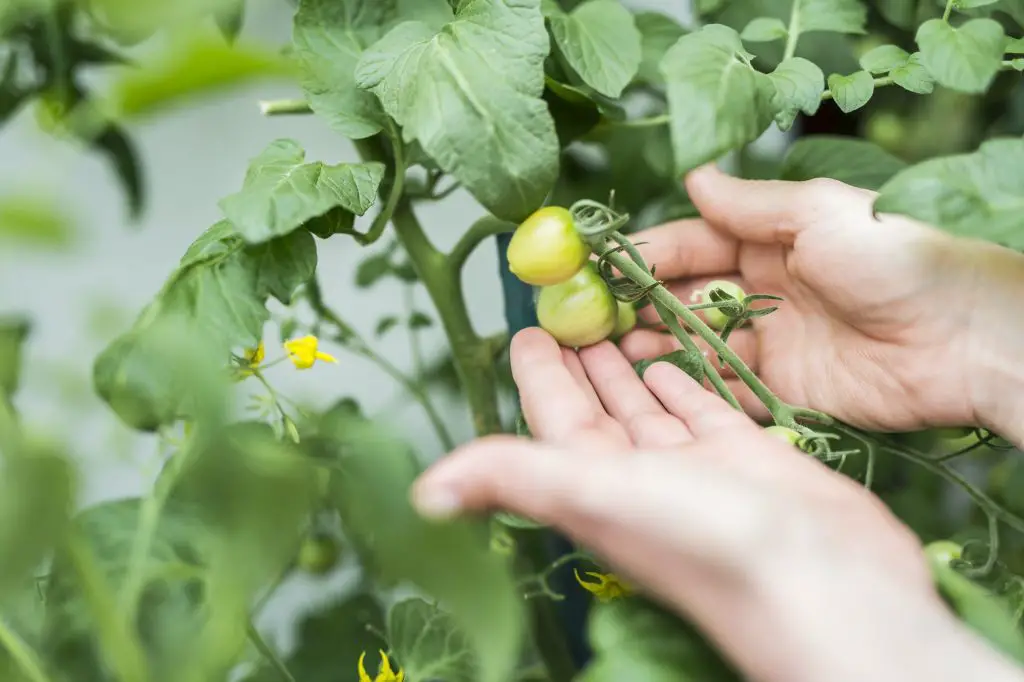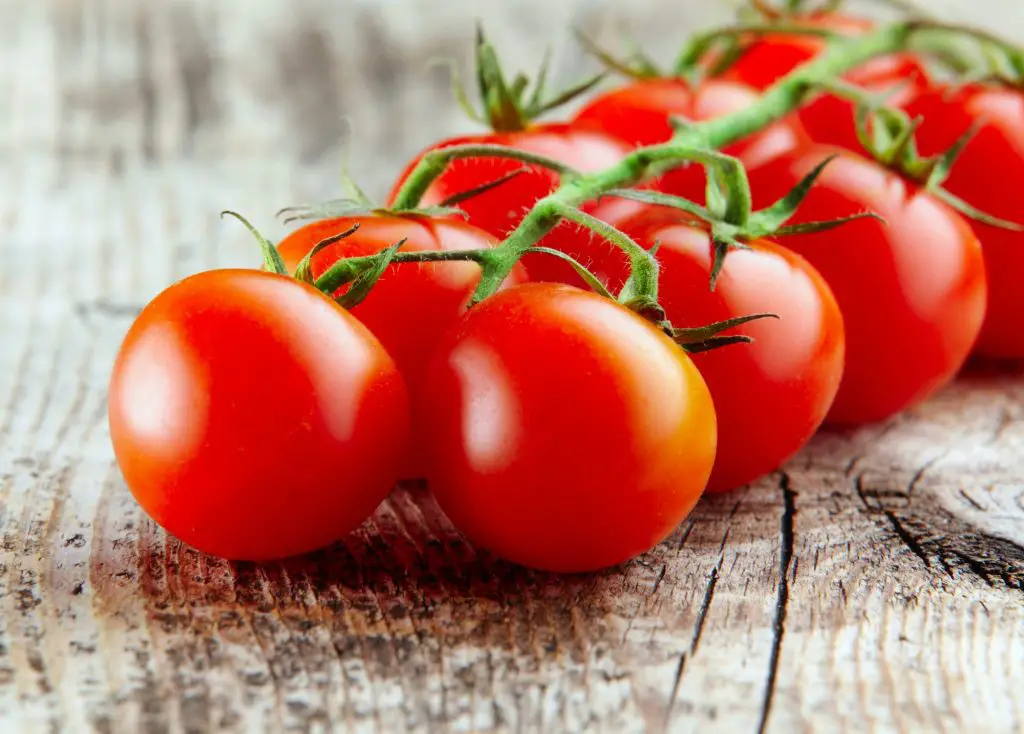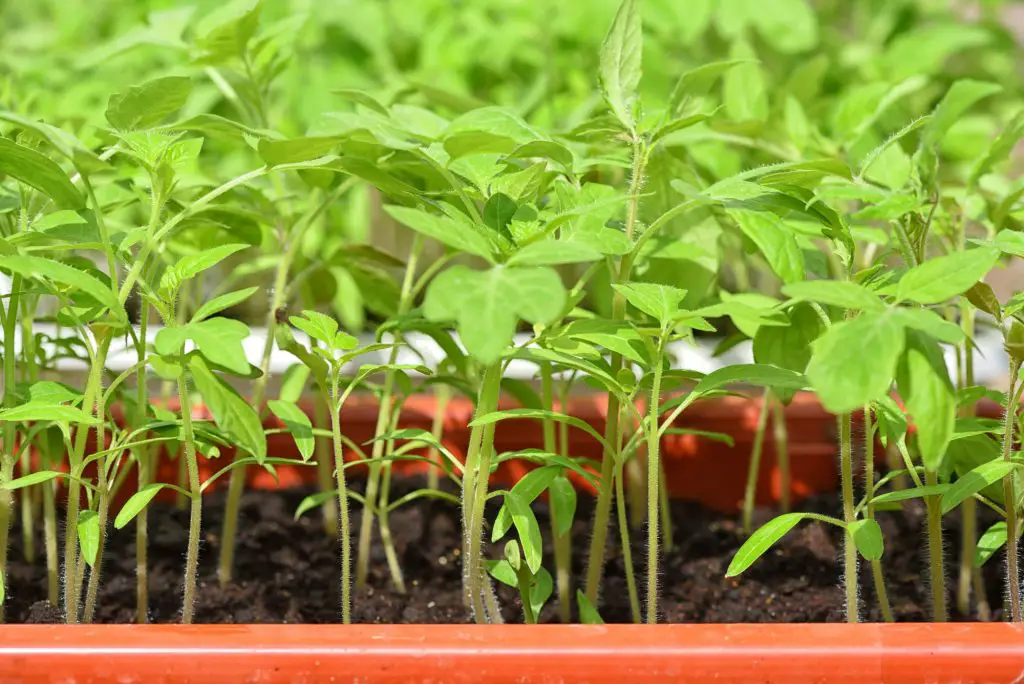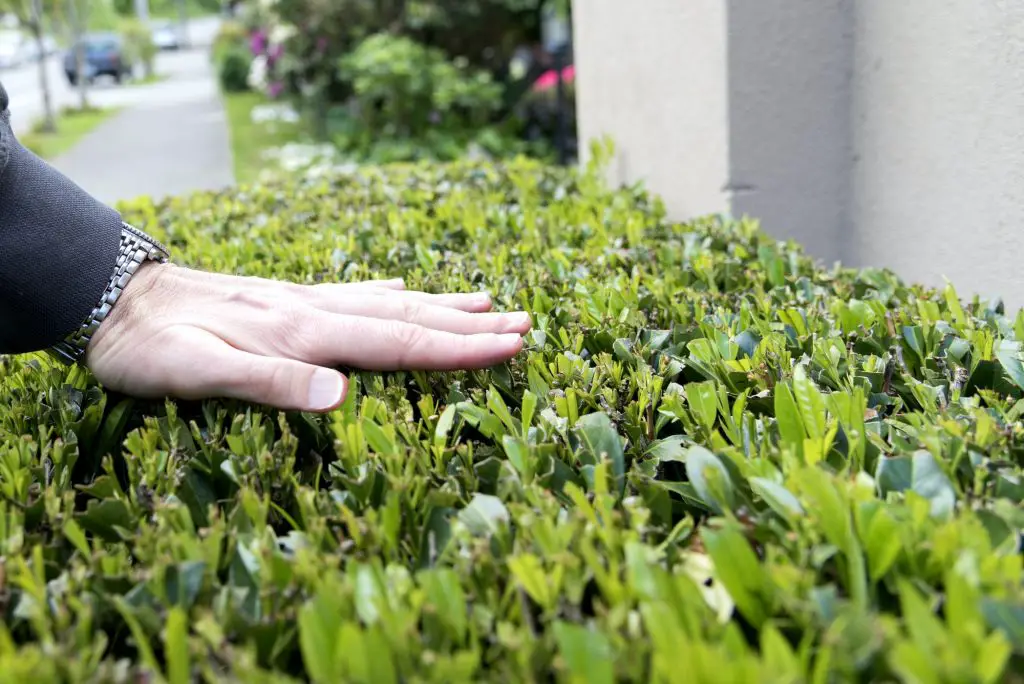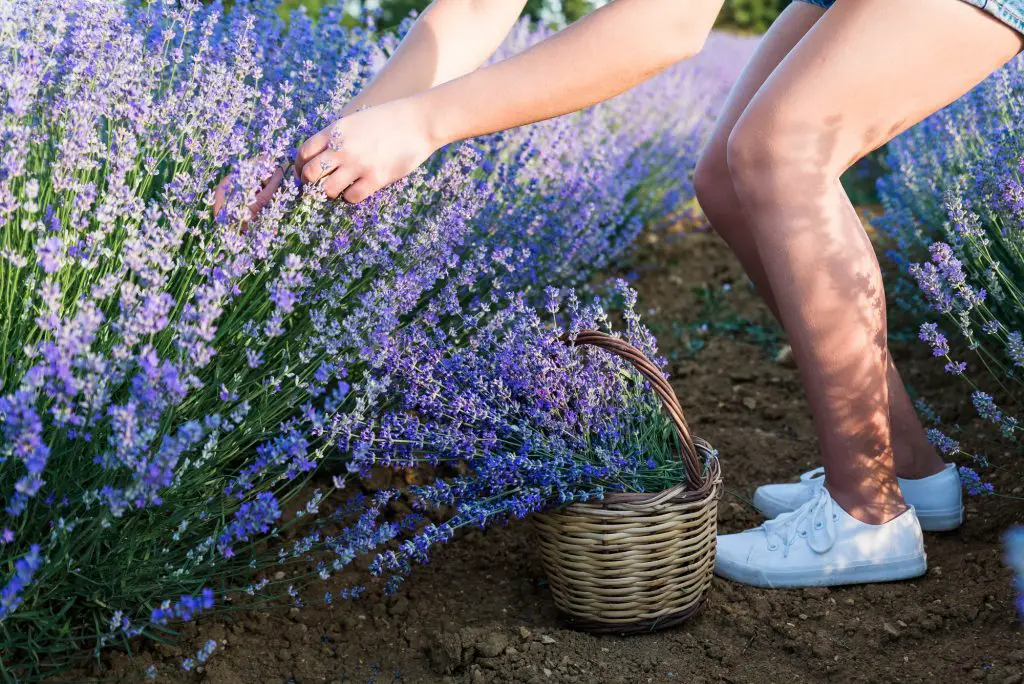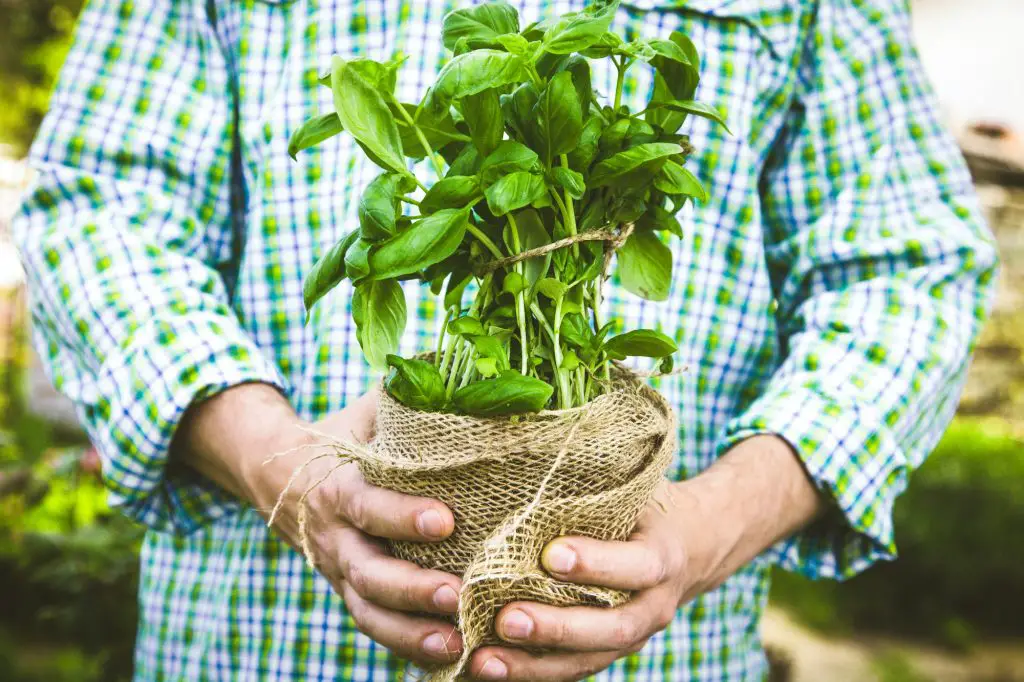Are you looking for a list of flowers and herbs that can survive the harsh summer sun? You’re not alone. Just like you, millions of garden lovers all across the globe struggle to find flowers and herbs that can survive the unforgiving summer sun.
There’s no reason why your garden can’t be as bright, vivid, and lush in the summer as it is in the spring. We already have a list of flowers that bloom all summer and that’s a good place to start but as your ultimate home and gardening resource we aim to be, we’re not stopping there.
While a couple of these herbs and flowers can be planted at any time, which is great but as soon as the temperature starts to rise, you can add these gorgeous, heat-loving plants to your beds, borders, and containers to keep your garden flowering all season.
The following flowers and herbs can live to tell the tale even during the cruel summer sun. They’ll provide food when you need the herbs and just all-around lushness and beauty from the flowers.
Let get started!
Table of Contents
8 Flowers that can survive the harsh summer sun:
There are hundreds of flowers to grow during blistering hot summer. Still, the following are the most delicate flowers that you can add to your gardens.
1. Lemon Verbena (Aloysia citrodora)
| Sunlight | Full sun. |
| Soil | Rich and Moist. |
| pH | 6.2 to 7.0. |
| Flowering Time | Late Summer. |
| Hardiness Zones | 8 through 11. |
| Planting | Spring. |
| Fertility | Slightly Fertile. |
What is unique about Lemon Verbena?
First, the flower is indigenous to western parts of western South America.
Second, the flower is best suited to dry and hot regions of the world. Historically, the flower was cultivated for its oil and sweet flower smell. Interestingly, the flower leaves are believed to provide relief from the summer heat when you gulp the smell of their leaves.
You can grow Lemon Verbena flowers in raised beds, plain beds, and containers or pots. The flowers are hardy perennials, sun-loving, and to some extent, drought-tolerant.
The flower asks for weekly watering, petite yearly fertilizing, and little care.
2. Marigold (Tagetes)
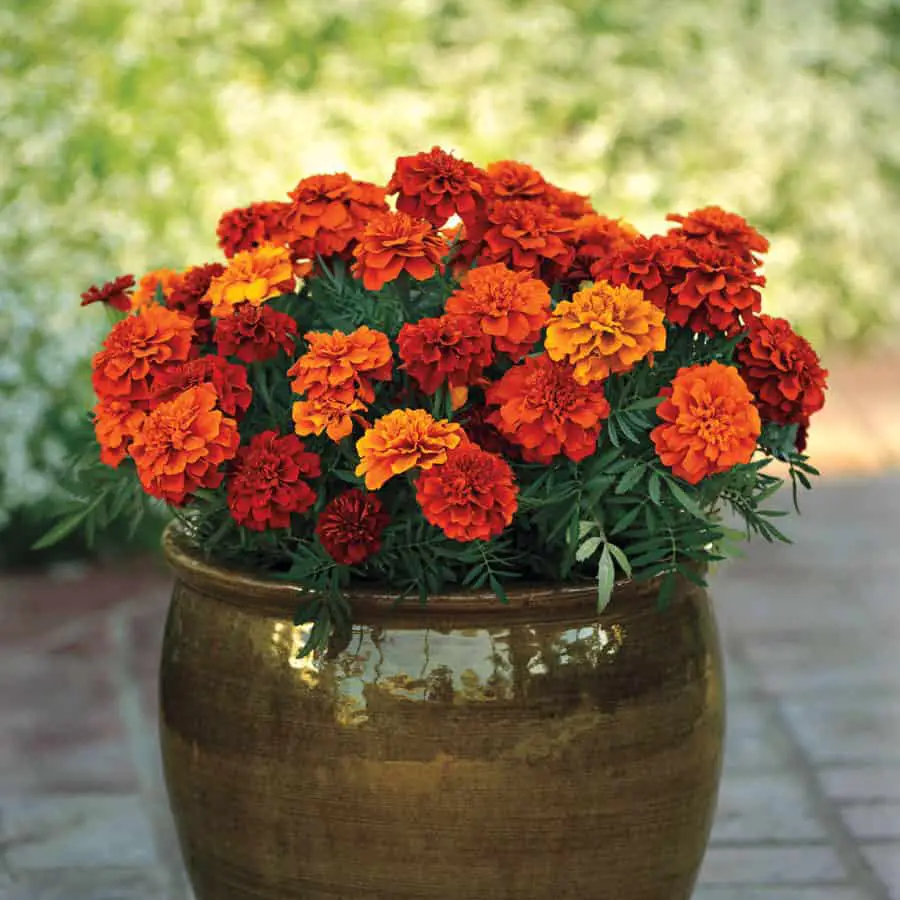
| Sunlight | Full sun. |
| Soil | Any. |
| pH | 6.0 to 7.0. |
| Flowering Time | Summer. |
| Hardiness Zones | 2 through 11. |
| Planting | Spring. |
| Fertility | No need for fertilizers. |
Yes, this eye-catching flower got the second position in our handpicked summer tolerant flower list.
This flower is ideally suited to harsh summer for several good reasons:
- They are typical of the container and outdoor gardening.
- Trouble-free to cultivate.
- Bloom in summer through fall.
- Most importantly, fabricate powerful yellow and orange flowers.
You can grow them in well-draining soil that receives at least 06 to 08 hours of sunlight.
Concerning indoor planting, place the pots or containers near south or west-facing windows. These windows receive maximum sunshine during the daytime.
Don’t forget to add water when the top 2 to 3 inches of soil feels dry.
3. Bottlebrush (Callistemon)
| Sunlight | Full sun. |
| Soil | Loamy and Moist. |
| pH | 5.6 to 7.5. |
| Flowering Time | Spring to Fall. |
| Hardiness Zones | 8 through 11. |
| Planting | Spring to Summer. |
| Fertility | Phosphorus Fertilizers. |
These bottle and brush-shaped flowers are local to Australian landscapes.
Learn by heart, you can grow bottlebrush flowers in partial shade location. Still, the density and intensity of flower production will be hugely affected.
For better blooming and high-density flower production, grow them in a sunny spot in your gardens.
Grippingly, the flowers are perfectly suitable for Xeriscape gardening and landscaping as these flowers are popular desert perennials and drought-resistant.
Once you grow them, the bottlebrush flowers can reach up to 15 feet in height within a couple of months. Considering flower color and overall attractiveness, Lemon Bottle Brush and Weeping Bottlebrush are a great addition to your gardens.
4. Sage (Salvia)
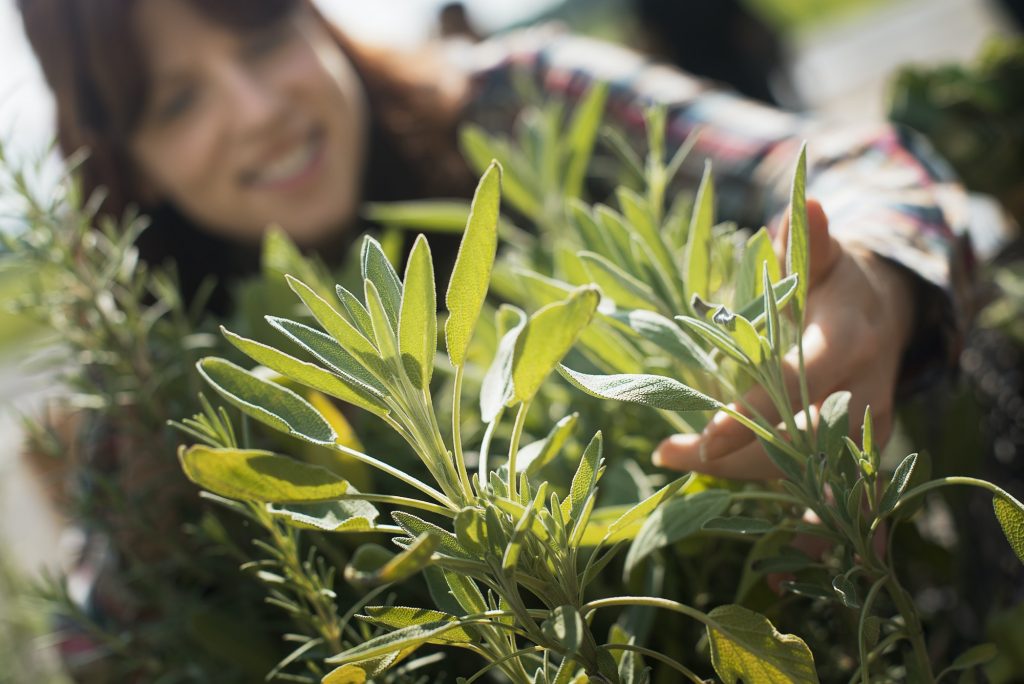
| Sunlight | Full sun or partial shade. |
| Soil | Most and well-draining. |
| pH | Slightly acidic to neutral. |
| Flowering time | Summer to Fall. |
| Hardiness Zines | 10 through 11. |
| Planting | May to June. |
| Fertility | Balanced Fertilizers. |
These gorgeous flowers are also known as sages.
Begin native to the Mediterranean region, they are perfectly adapted to survive the harsh summer sun. Furthermore, these flowers are heat tolerant, desire full sun, and call for little watering.
The salvia flowers are ideally suited to build dry gardens or drought-friendly landscapes. Moreover, sages are deer-resistant; offer long-blooming, and most significantly, they are easy-to-grow and easy-to-care-for flowers.
In a nutshell, sages or salvia flowers can survive the harsh summer sun.
5. Lantana (Lantana camara)
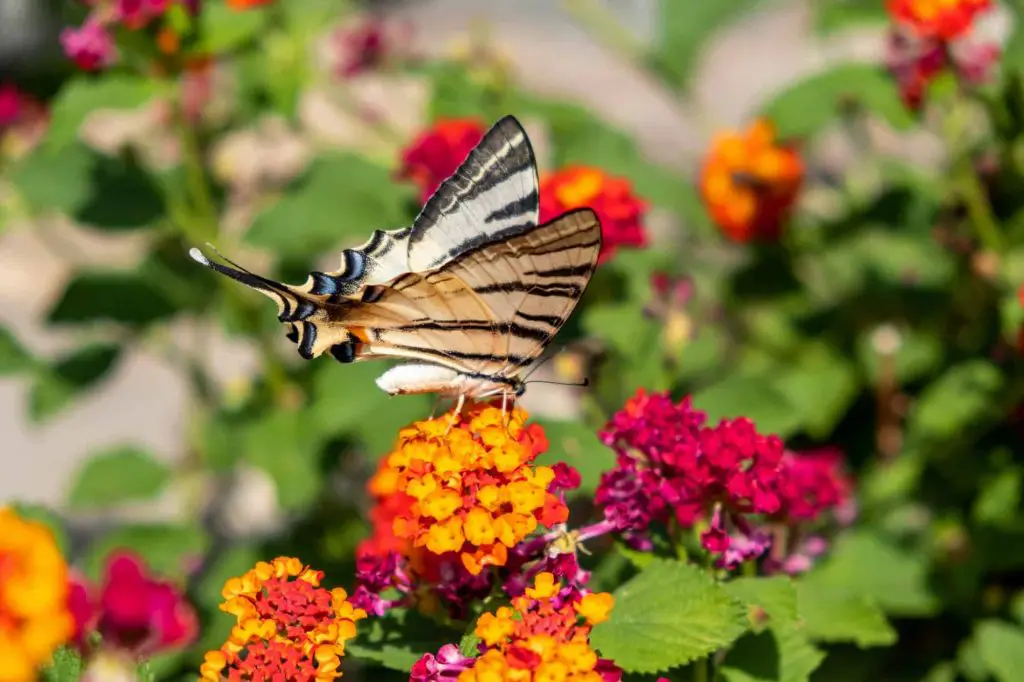
| Sunlight | Full sun. |
| Soil | Well-draining and moist. |
| pH | Slightly Acidic. |
| Flowering time | Year-Round. |
| Hardiness Zones | 8 through 11. |
| Planting | Spring. |
| Fertility | No need for fertilizers. |
The lantana flowers are native to tropical regions. The flower loves and adores growing in hot and humid climates. If you want to grow lantana flowers in your gardens, grow them in moist and well-draining soils.
Although the flowers are adapted to slight drought conditions, the regular and frequent water supply during harsh and blisteringly hot summers will keep them safe and un-stressed.
The flower has the tendency to produce eloquent red, yellow, pink, orange, or white flowers, depending on the variety.
For better flower production and intense blooming, grow them in sunny locations because the blooming rate depends on the intensity of sunlight. Furthermore, the lantana flowers attract butterflies, hummingbirds, and bees.
6. Pentas (Pentas lanceolata)
| Sunlight | Full to partial sun. |
| Soil | Fertile, Moist, and well-draining. |
| pH | Slightly Acidic. |
| Flowering Time | Summer. |
| Hardiness Zones | 6 through 11. |
| Planting | Spring. |
| Fertility | Balanced Fertilizers. |
Pentas are also known as Egyptian starflowers, and the Pentas are dearly loved by Egyptian citizens.
The flower is indigenous to Africa, Arabia, and Madagascar.
Since pre-historic times, the flower has evolved to withstand extreme heat conditions. Believe me, this flower can effortlessly survive the intense summer heat.
Ideally, the flower desire to be planted in full sun, well-drained, and moist soil. Remember to add supplemental water during dry spells and add a small dose of slow-releasing fertilizers monthly to boost flower production.
7. Cosmos (Cosmos bipinnatus)
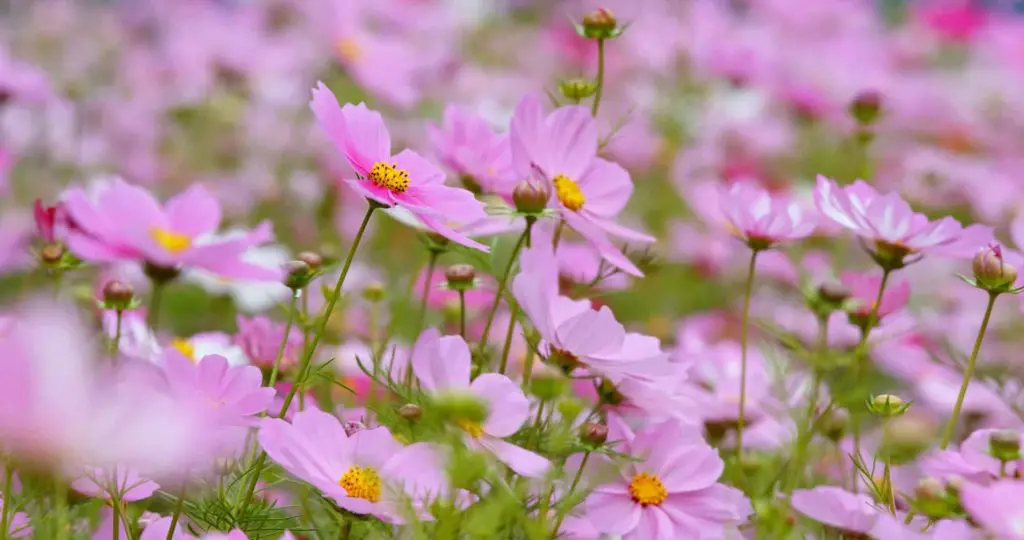
| Sunlight | Full sun. |
| Soil | Well-draining. |
| pH | 6.0 to 6.8. |
| Flowering Time | Summer to Fall. |
| Hardiness Zones | 2 through 11. |
| Planting | March to April. |
| Fertility | No need for fertilizers. |
Cosmos flowers are annuals that produce daisy-like flowers.
The perfect blooming starts in the summer seasons when the temperature reaches the maximum. They are native to Mexico and belong to the sunflower family. They are ideally suited to scorching summer heats and poor soils. The cosmos flowers are ideal for Xeriscape gardens or desert landscaping.
Interestingly, these flowers will show poor results when you try to grow them in rich organic soils. To avoid any losses and poor outcomes, grow them in neglected soils or deprived soils.
Lastly, the cosmos flowers are easy-to-grow flowers with little to no maintenance.
8. Beardtongues (Penstemon)
| Sunlight | Full sun. |
| Soil | Well-draining. |
| pH | 5.8 to 6.3. |
| Flowering Time | Spring to Summer. |
| Hardiness Zones | 3 through 8. |
| Planting | Spring. |
| Fertility | Organic Fertilizers. |
Beardtongues are endemic to North America. They are short-lived perennial flowers that produce tubular-shaped flowers with pink, purple, or red tones, depending on the variety.
The beardtongue flowers prefer to grow in well-draining, moist soils and full sun to partial shade locations.
Remember, these flowers are sensitive to mild and extreme cold conditions. Therefore, to avoid losses, don’t prune plants until spring. You can try growing Midnight Masquerade or Red Riding Hood varieties of beardtongues.
8 Herbs that can survive the harsh summer sun:
“Herbs are the friend of the physician and the pride of cooks”.
Charlemagne.
The following are five top herbs that can survive harsh summer sun:
1. Thyme (Thymus vulgaris)
| Sunlight | Full sun. |
| Soil | Sandy or Loamy. |
| pH | 6.0 to 8.0. |
| Flowering Color | No Flowers. |
| Hardiness Zones | 5 through 9. |
| Planting | Spring. |
| Fertility | All-purpose Fertilizer. |
Among all other herbs, thyme is an easy-to-grow herb that grows and thrives all year round. The thyme is heat tolerant, and it can withstand harsh summer sun. Always try to grow the herb in well-draining soil and spot that receives maximum sunshine (6 to 8 hours per day).
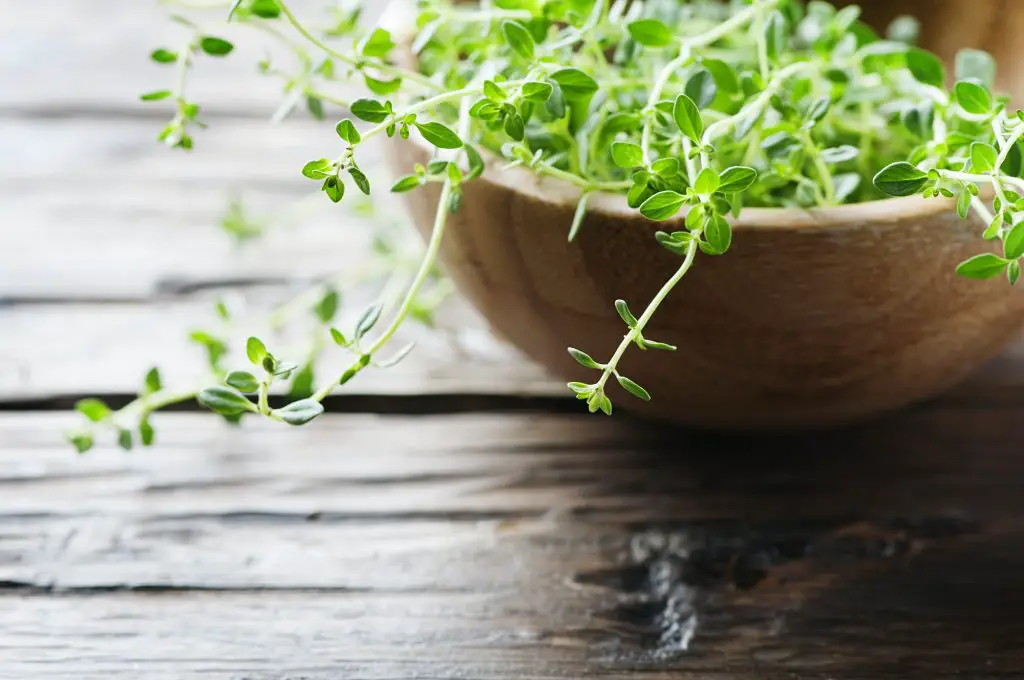
Add Kelp or SeaMax Fish in liquid form to boost the growth rate to boost the herb growth. Over-watering is the main villain – It kills the plant.
Avoid over-watering and add water to the root zone of the herb when necessary.
Most importantly, to encourage year-round growth, prune or cut back after the flowering period ends. Pruning allows new vigorous growth.
2. Chives (Allium schoenoprasum)
| Sunlight | Full sun or light shade. |
| Soil | Sandy or Loamy. |
| pH | 5.7 to 7.4. |
| Flowering Color | Lilac Purple. |
| Planing | Late Spring. |
| Fertility | Nitrogen Fertilizers. |
Chives are bulbous perennial herbs that adore warm sunlight conditions. The chives are somewhat heat resistant and can withstand drought conditions for a considerable period of time.
Plant them in the indoor or outdoor garden that receives maximum sunshine during the daytime. About indoor gardening, place the pots containing chives in the south or west-facing windows. These windows receive maximum sunshine during the day.
Never let the weeds establish near to chives. The weeds compete with chives for sunlight, water, space, and nutrients. Further, remove the flowers and prune back each 3 to 4 months to promote better and vigorous growth.
3. Perilla (Perilla frutescens)
| Sunlight | Full sun or light shade. |
| Soil | Rich Heavy and well-draining. |
| pH | 5.0 to 6.5. |
| Flowering Color | Purple. |
| Hardiness Zones | 3 through 10. |
| Planting | Early Spring. |
| Fertility | All-Purpose Fertilizers. |
Perilla is locally known as “shiso” or “Zi Su” in Japan. The herb is native to Asia, particularly Japan.
It is widely used in preparing Asian dishes and garnishes. You can grow this excellent herb in full sun to partial shade, but generally, the herb loves and adores growing in full sun.
Don’t forget to use rich and heavy soil for its plantation and refrain from using poor draining soil.
Regular watering is part and parcel of Perilla production. So, never let the soil turn dry. Both over and under-watering are big villains of Perilla’s growth. Keep in mind to test the soil before watering. You can test the ground through your fingers or a toothpick. If the top 2 to 3 inches of soil feels dry, add water generously.
Lastly, to encourage leafier and bushier growth, harvest by pulling or snipping leaves at the soil level.
4. Rosemary (Salvia rosmarinus)
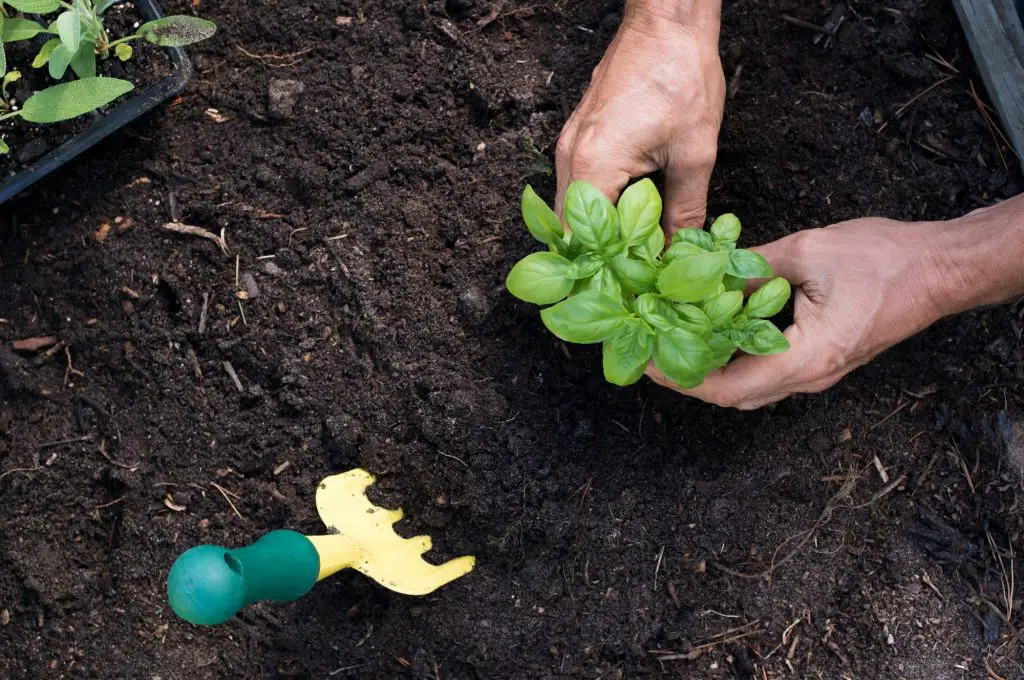
| Sunlight | Full Sun. |
| Soil | Sandy. |
| pH | 5.0 to 8.0. |
| Flowering Color | Blue, White, or Pink. |
| Hardiness Zones | 5 through 10. |
| Planting | Early Spring. |
| Fertility | Fish or Kelp Emulsion. |
Rosemary is an evergreen herb with needle-like fragrant leaves that produces pink, purple, white, or yellow flowers depending on the variety.
The herb is native to the Mediterranean region and loves and adores growing in harsh summer temperatures.
Plant the heat-loving herb in full sun. Prepare well-draining soil. To avoid over-crowding, make sure to maintain a proper distance between each rosemary herb. Proper and seasonal pruning is always recommended in the case of rosemary gardening. Otherwise, the herb will get lanky.
Next, protect your rosemary from pests and diseases. The herb is prone to bacterial leaf spots, several types of root rot, and aerial blights.
5. Basil (Ocimum basilicum)
| Sunlight | Full sun. |
| Soil | Rich and well-draining. |
| pH | 5.1 to 8.5. |
| Flowering Color | Magenta. |
| Hardiness Zones | 10 through 11. |
| Planting | Late spring. |
| Fertilizer | All-purpose fertilizer. |
Basil is a fragrant, warm-weather, and annual herb used in many cooked dishes—including pesto. Grow the herb when the danger of frost has expired.
Basil is perfectly suitable to grow in areas that receive extreme heat.
Remember, basil is an easy-to-grow herb indoors and outdoors. Still, it needs proper summer blazing temperature and once the soil has warmed up properly.
Lastly, protect your herb against unfavorable cool climatic conditions and prune back after 8 weeks. Pinch off the flowers to maintain the taste and flavor of the herb and avoid over-watering.
6. Mint (Mentha)
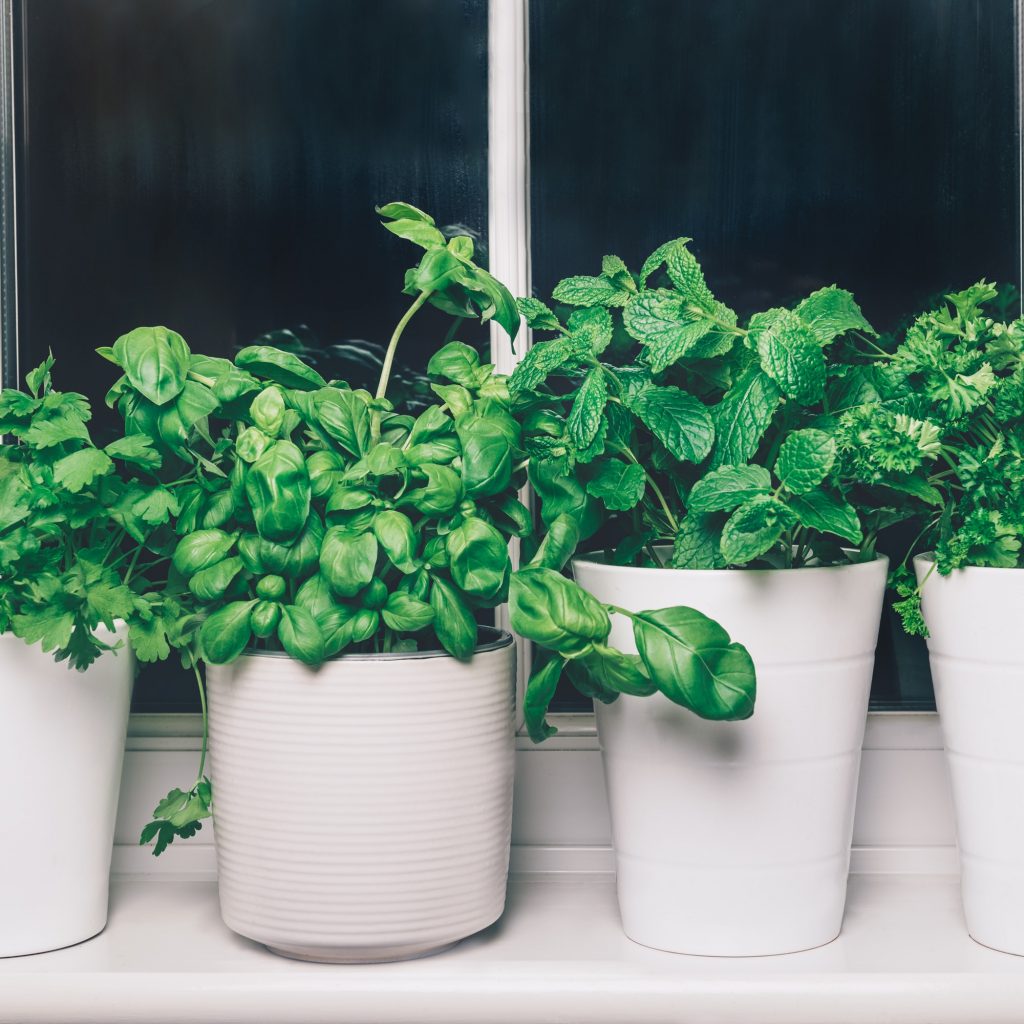
| Sunlight | Full sun or partial shade. |
| Soil | Rich and moist. |
| pH | 6.5 to 7.0. |
| Flowering Color | Purple or White. |
| Hardiness Zones | 3 through 11. |
| Planting | Late spring. |
| Fertility | All-purpose liquid fertilizer. |
Next on the list of the best herbs to plant in summer is Mint.
The perennial herb produces highly fragrant toothed leaves and minutes pink, purple, or white flowers.
Among all the herbs, mint is a perfect kitchen companion. It is used as ground covers, garden accents, herbal medicines, and air fresheners. Remember, the herb is suited to well-draining light soils. You can grow the mint in full to partial sunlight conditions.
Last but not least, little care is needed for mint.
7. Oregano (Origanum spp)
| Sunlight | Full sun to partial shade. |
| Soil | Well-draining. |
| pH | 6.5 to 7.0. |
| Flowering Time | Summer. |
| Hardiness Zones | 4 through 10. |
| Planting | Early Spring. |
| Fertility | Moderate Fertilizers. |
The oregano herbs are native to the Mediterranean region and western Asia.
It is the signature herb of many Mexican, Spanish, and Italian dishes. Fascinatingly, the herb is easy-to-grow, hardy perennial, and can survive harsh summer sun. Most importantly, oregano is a perfect herb that is flawlessly suitable for indoor (pot or container) and outdoor gardening.
The herb growth and development are entirely dependent on the sunlight conditions. It needs full sun for proper growth and development. To supplement the herb growth, use sandy, loamy soil that drains well. Take extra care not to use soggy or poor draining soil.
Concerning indoor oregano cultivation, never skip using general-purpose potting soil and test the potting soil for quality before using it.
Before adding any water, test the soil for moisture content and avoid over-watering.
8. Parsley (Petroselinum crispum)
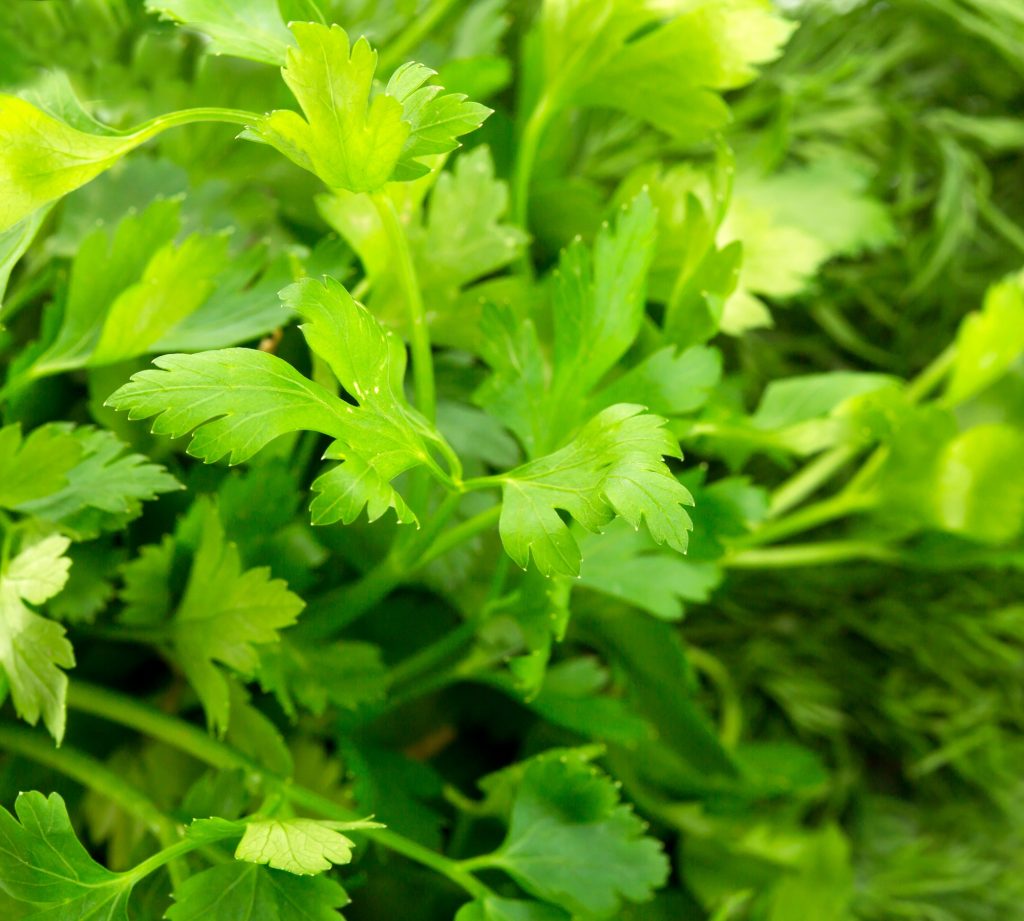
| Sunlight | Full sun. |
| Soil | Moist and well-draining. |
| pH | 6.0 to 7.0. |
| Flowering Time | Summer. |
| Hardiness Zones | 2 through 11. |
| Planting | Spring. |
| Fertility | Liquid fertilizers. |
Local to Europe, parsley is a biennial plant that is usually grown as an annual herb, and it is a perfect kitchen companion. You can use the leaves of parsley to prepare good garnish or add aromatic flavor to dishes. Both ways, it is the perfect kitchen cohort.
You can start growing this fantastic herb from spring through summer. To promote perfect growth and development, use soil that is moist, rich in organic content, and most importantly well-draining.
Opt for a spot that receives maximum sunshine during the day (at least 06 to 08 hours). Bear in mind to never let the soil turn dry. Keep the soil moist by regularly applying water.
Last but not least, you can add well-balanced liquid fertilizer (thinned to half strength) once or twice at the start of the growing season.
And yes, one thing, you can amend the soil properties by adding organic matter such as compost to help the herb retain more water and limit the chances of the herb contracting diseases.
Read these next:
- The Best Planters For Indoor Plants And Herbs (2021)
- The Best Watering Cans For Indoor Plants And Herbs (2021)
- Herbs Companion Planting: 10 Flowers to Plant With Herbs
- 10 Herbs That Can Be Grown In Small Pots
- Do Herbs Prefer Morning Or Afternoon Sun?
- Should I Soak Herb Seed Before Planting?
- Do Herbs Need A Lot Of Water?
- 11 Best Herbs to Plant With Basil
